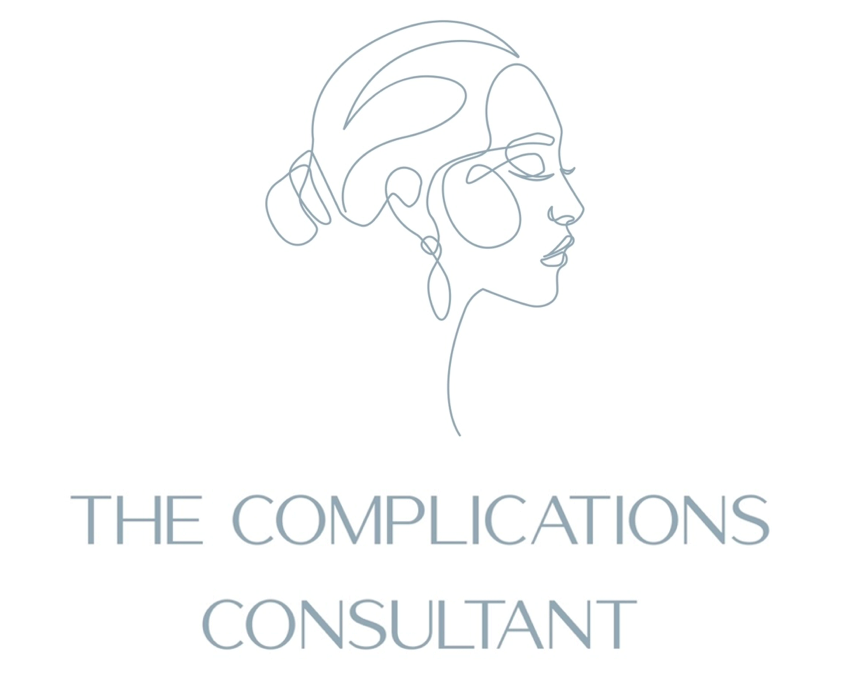Causes
- Allergic reaction most commonly from the stabilising proteins or human albumin and lactulose, but the toxin can also be responsible
- Post procedural trauma is another cause of oedema and can usually be improved with anti-inflammatories, compression and time
- Decreased lymph drainage of the area due to muscle relaxing
It’s important your patient understands the reason for the side effect to put their minds at ease and you select the right course of treatment.
ALLERGY
Immunogenicity of botulinum toxins Markus Naumann, Lee Ming Boo, Alan H. Ackerman, and Conor J. Gallagher
There are varying ways in which a products immunogenicity can be affected. Botulinum toxin’s manufacturing process, the amount of protein in the vial, stabilisers, overall dosage injected, the number of times a patient has a toxin treatment and vaccinations or exposure before their treatment. Overall, with these being attributes to an allergy, the risk is extremely low.
As with most allergy’s, symptoms will present as itching, redness and swelling and onset will be within the first 48 hours.

BEST WAYS TO AVOID IT
Allery testing is of course an option before anyone has treatment, however, because the risk of it happening is so low it is not considered as necessary. With this said, it is important to treat each patient on a case-by-case merit. If you have a new patient that is new to aesthetic treatments and has long list of allergy’s, that that predispose them to anaphylaxis, it will be wise to consider allergy testing before any toxin treatments are carried out.
Ensuring thoroughly cleansed skin before the treatment as explained in previous modules, with remnants of all make up removed will reduce risk of localised skin irritation even further.
TREATMENT
As with any allergy, you would treat with antihistamine and 30mg prednisolone steroid for 5 days.
When injecting a muscle relaxant such as botulinum, other tissues can be affected, not just the muscles. It is believed that the most likely cause of orbital oedema is related to reduction in effective lymphatic drainage of the area as a side effect if treatment.
The impact on the lymphatic drainage after botulinum treatment is useful to know as it will help determine your management and the explanation you offer to your patient.
THREE CONCEPTS THAT PLAY A ROLE IN ORBITAL OEDEMA
- Gravity: drainage may be reduced when the patient is laying down and resting over night during sleep
- If the patient’s skin is naturally a little thinner in the area, bruising and therefore swelling may be more prevalent
- Imbalance of the inflow and outflow of intracellular fluid, caused by; osmosis of fluids involved effecting salt intake and rarely diseases like liver or kidney.

It is believed that the orbicularis oculi muscles is responsible for squeezing and draining the area around the eye. Sudden loss of action of this muscle, in susceptible patients, can offer pressure on the whole cheek with very slow fluid drainage, this is a slow building process over a period of hours or days and is very stressful for the patient.



